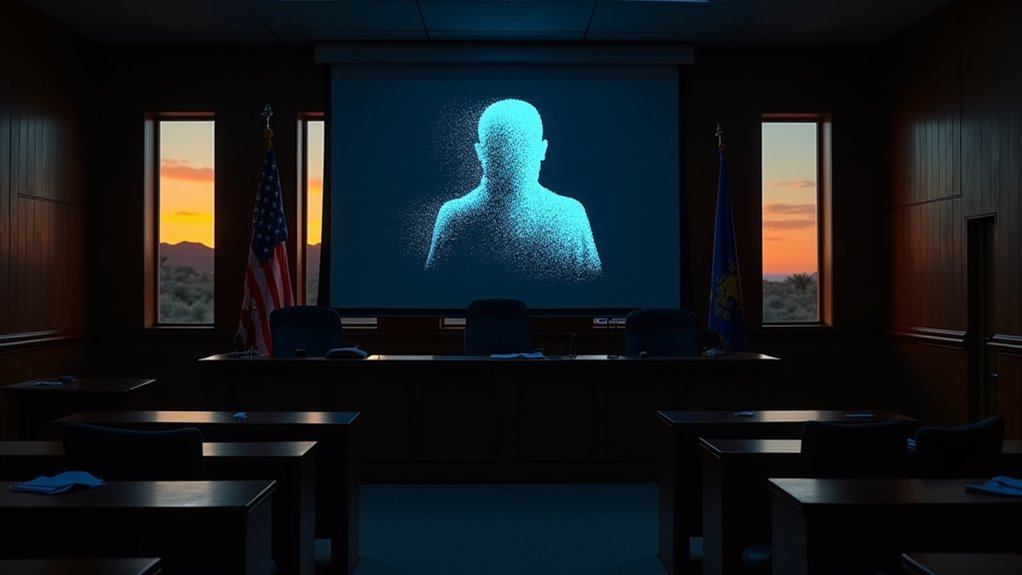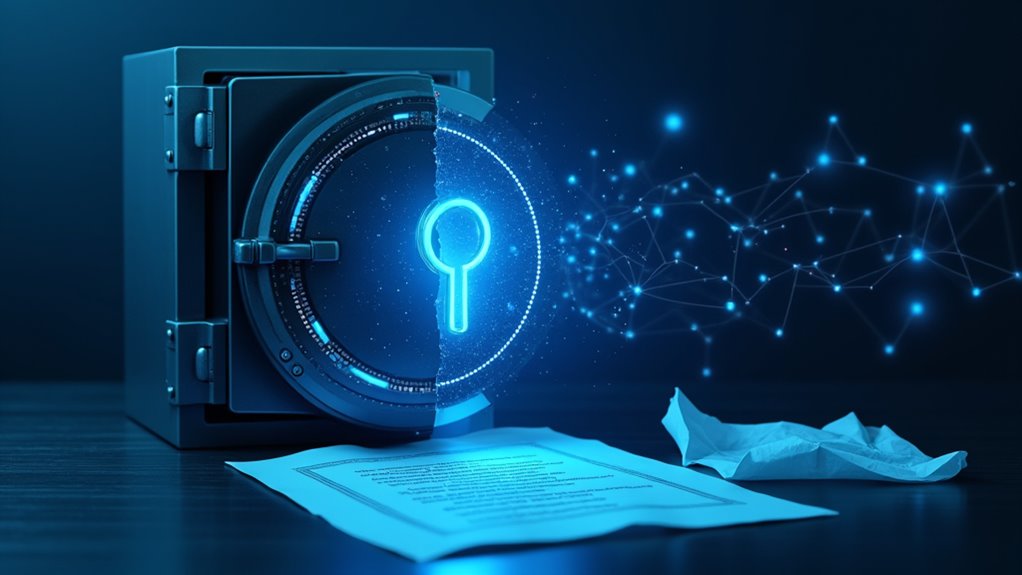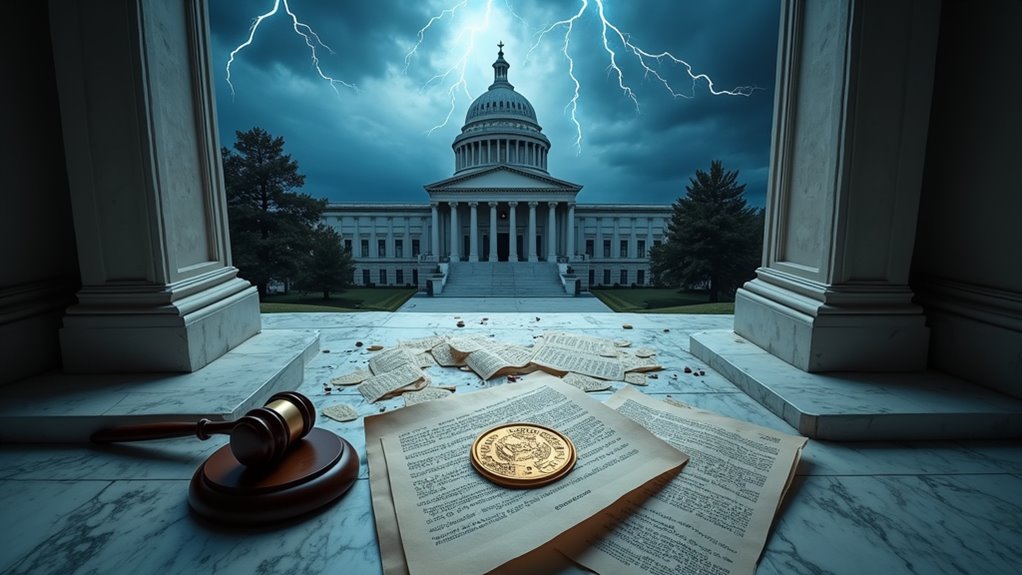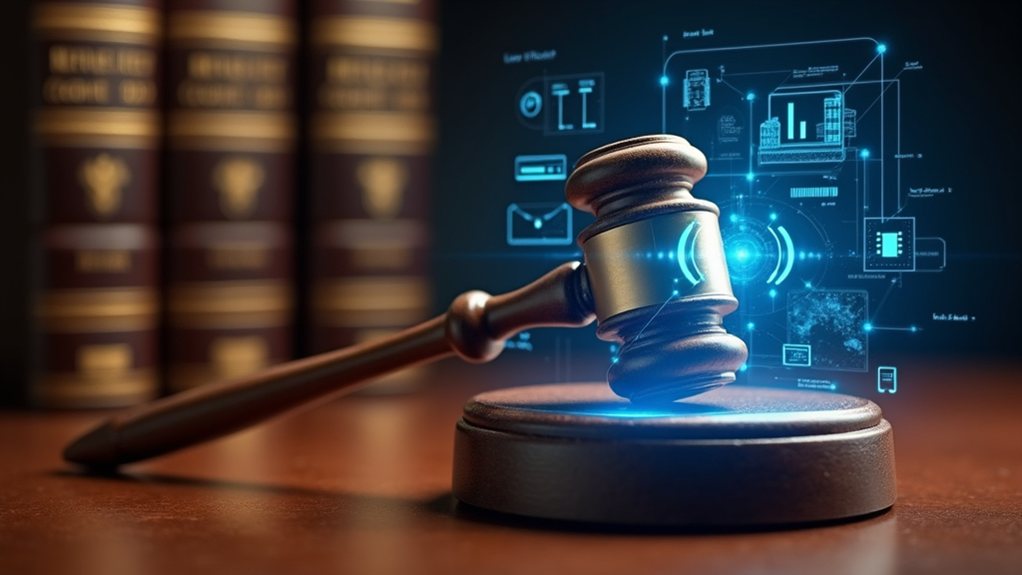An Arizona courtroom did a double-take when an AI-generated “deepfake” of murder victim Christopher Pelkey “spoke” at his killer’s sentencing, using just one old photo and a YouTube audio clip. Family approved—closure, they said. The judge seemed impressed, maybe a little freaked. Critics? Less amused, tossing around phrases like “undermining justice” and “digital ghost.” Still, this bold bit of sci-fi raises huge questions for future courtrooms—and honestly, it’s only the beginning. Curious what happens next?
Even in an era when deepfakes are more common than avocado toast on Instagram, Arizona’s legal system just took things up a notch.
Imagine this: a courtroom, a convicted killer awaiting sentencing, and a murder victim—resurrected via artificial intelligence, staring back from a screen. No, it’s not the latest Black Mirror episode. This actually happened.
Christopher Pelkey, a 37-year-old Army veteran, was killed in a 2021 road rage incident in Chandler, Arizona. During the sentencing of Gabriel Paul Horcasitas (now facing 10.5 years behind bars), an AI-generated video of Pelkey appeared. The tech wizards behind the curtain used a single photo and audio from an old YouTube clip—where Pelkey talked about PTSD—to rebuild his voice and likeness.
The result? An avatar delivering a victim impact statement, complete with reflections on forgiveness and the value of life. The AI-generated video presented a victim impact statement during the hearing, allowing Pelkey’s image and voice to address the court even after his death.
*The use of deepfake technology in a courtroom is unprecedented in the United States, raising immediate questions about its ethical and legal admissibility.*
*Cue the legal and ethical sirens.*
- Is this a touching tribute, or the start of courtroom reality TV?
- Does justice get served, or are we opening Pandora’s box for deepfake testimony?
Critics aren’t thrilled. Some say AI recreations—especially those speaking as if from beyond the grave—could mess with the foundations of justice. If you can program the dead to talk, what’s next? AI-generated jurors?
Others worry about dignity: does a digital ghost really honor the person, or just make things weird?
The case highlights how algorithmic design flaws could potentially exacerbate biases in the justice system if such technology becomes commonplace.
But Pelkey’s family was involved every step of the way. They wanted his humor and spirit to shine through, and by all accounts, the AI video did just that. For them, it was a chance to offer closure and let Christopher “speak” one last time.
The judge seemed impressed, too—which means this Arizona moment might just set a national precedent. The legal framework for AI in courtrooms is still a Wild West, with few rules and plenty of gray areas.
Will future courtrooms be filled with AI avatars? Only time, and maybe a few more viral headlines, will tell.
—
*Welcome to justice, 2024-style—where even the dearly departed might have the last word.*









